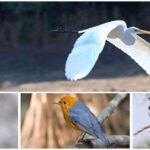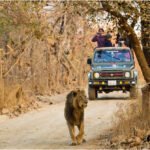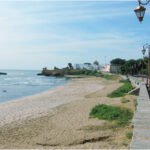Sasan Gir Sanctuary is place of numerous human settlements called Maldhari. Maldhari are devoutly religious pastoral communities which has become an integral part of the Gir forests for over 125 years. They live in settlement called ‘nesses’ inside the forests and are engaged in the occupation of cattle rearing.
The Maldhari community migrated into the Gir forest despite obvious dangers and a total lack of infrastructure, in order to maintain their way of life. When the park was declared, they were allowed to remain and continue their traditional practices; in fact, Gir forest is now virtually the only area where the Maldharis still live as they wish.
The local Maldhari community has lived here for generations and coexists magnifcently with the wilderness. They sustain themselves by grazing their livestock and harvesting what they need from the forest. The sizeable portion of their herds lost to lions and other predators is considered prasad, offered in exchange for living in another’s homeland.
The Maldhari and their livestock exerted negative impact on Gir habitat due to consumptive use of both forest product and fodder. The practice of cutting and lopping of trees also affected the vegetation. In the fodder scarce year of 1972, there were 45000 cattle inside Gir forests competing with the resident ungulate and lion population spreading disease and morbidity. The Gir Lion Sanctuary Project launched in 1972 thus envisaged the relocation of maldharis outside Gir.
There were 845 Maldhari families with a population of 4802 individuals and 16852 domestic livestock resident in 129 nesses in the Gir forests. 592 families have already been shifted outside Gir. However the program suffered due to resource crunch and non availability of facilities at the relocation site and subsequently the relocation came to a halt.
There are no maldhari settlements inside the Gir National Park.
There are 24 maldhari nesses in Gir (East) where as 30 nesses in Gir (West). The total no of people residing in the nesses are approximately 4000 and the cattle population is 19000.






